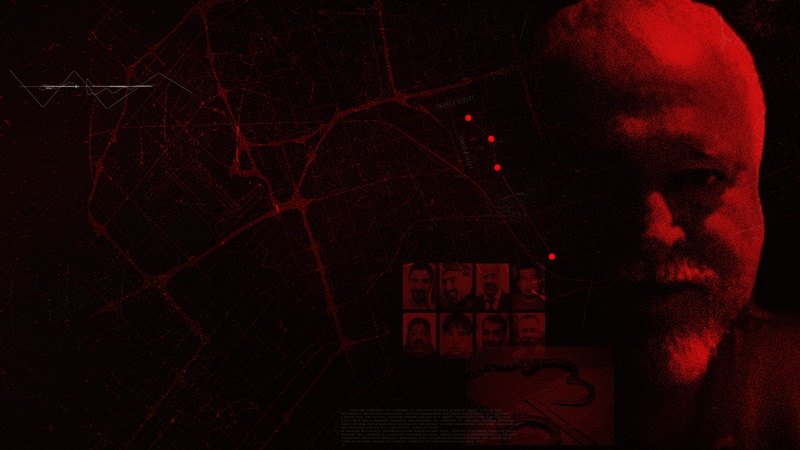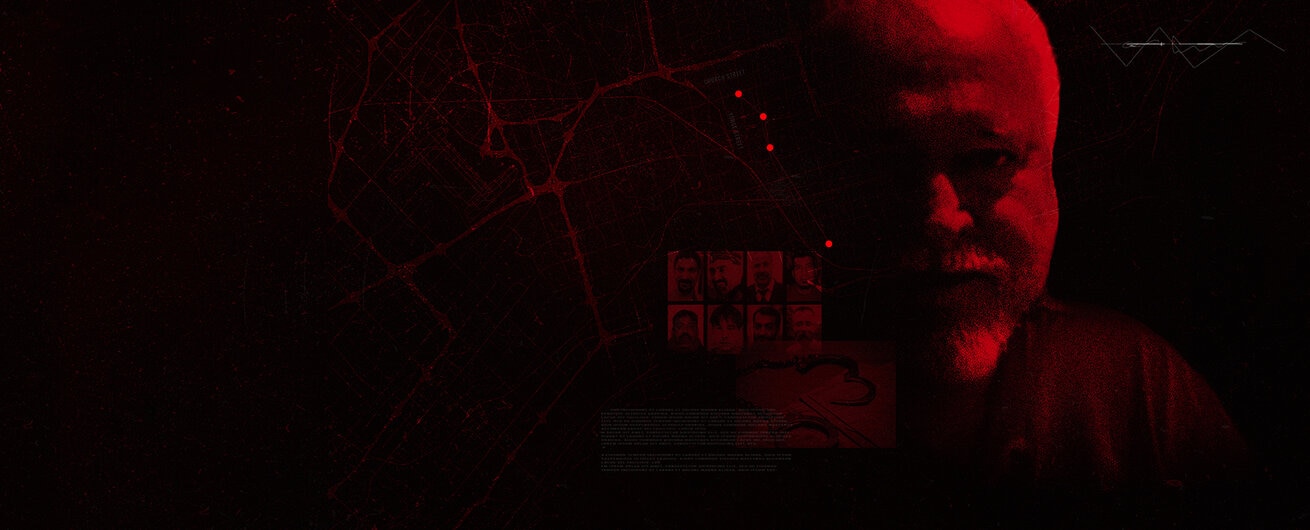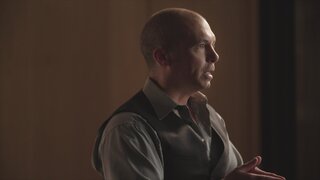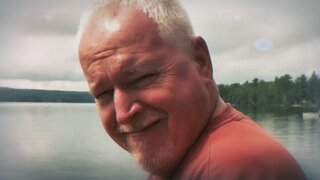Create a free profile to get unlimited access to exclusive videos, breaking news, sweepstakes, and more!
Cracking The Toronto Gay Village Serial Killer Case: How Bruce McArthur Was Finally Caught
It took nearly eight years and two task forces to capture a Toronto serial killer who murdered eight men.

Between 2010 and 2017, Bruce McArthur, a Toronto grandfather and landscaper who’d moonlight as a mall Santa, lived a secret, unsettling life as a serial killer.
He targeted the city’s LGBTQ-friendly enclave, The Village, preying primarily on immigrants, refugees, and vulnerable men who struggled with their sexuality, addiction, and homelessness.
After killing his victims, McArthur dismembered some of them and buried their remains in enormous planters on a property where he worked.
A new Oxygen special, “Catching a Serial Killer: Bruce McArthur,” takes a deep dive into one of Canada’s most infamous crimes and how police finally captured the mass murderer.
Rumors about men going missing and a possible killer in the Village began in 2010. Police eventually launched an investigation in November 2012, after the disappearances of Skandaraj Navaratnam, 40, Abdulbasir Faizi, 42, and Majeed Kayhan, 58. Called Project Houston, it ran for two years.
During that time, they even interviewed McArthur — but as a witness, the National Post reported in 2019. Police had asked McArthur to come in for an interview in 2013 because they’d linked him to two of the men through his username for an online dating site.
Over the next three years, three more men linked to the city’s gay neighborhood vanished, including Soroush Mahmudi, 50, Kirushna Kumar Kanagaratnam, 37, and Dean Lisowick, 47.
Around this time, McArthur had another run-in with police. In 2016, he was arrested for allegedly trying to strangle a man inside his van. McArthur shrugged off the incident as a misunderstanding. Police believed he was “credible” and “released him without conditions,” The National Post reported.
After Selim Esen, 44, went missing in April 2017, and Andrew Kinsman, 49, who was white, vanished two months later, police stepped up the focus into the case.
“It’s a fair assessment to say that that changed the complexity of the investigation,” Adrian Ghobrial, investigative journalist for CityTV, Toronto, told producers.
They launched Project Prism on August 14, 2017, CP24.com reported in 2018. Police then searched Kinsman’s home and found the name “Bruce” on a calendar on the date June 26.
Another clue emerged when surveillance footage of Kinsman’s building showed a van pulling into his parking lot on the day he went missing. Police eventually found the van, which belonged to McArthur and had traces of Kinsman’s blood inside it.
Although there wasn’t enough evidence to make an arrest, McArthur was now a suspect, and police closely surveilled him.
“We couldn’t let him out of our sight,” said Toronto Police Service Inspector Hank Idsinga, adding that they had to “keep it covert.”
In December 2017, officers secretly searched McArthur’s apartment, where they found incriminating photos on his electronic devices. They also turned up images of McArthur’s dead victims posed in degrading ways.
When he was arrested on January 18, 2018, McArthur, who police had seen enter his apartment building with another man, had his potential ninth victim chained to a bed. His rampage had been stopped just in time.
McArthur was initially charged with the murders of Esen and Kinsman. After searches of McArthur’s home and workplaces turned up evidence, including human remains of the other missing men, he was charged with six more murders.
On January 29, 2019, McArthur pleaded guilty to eight counts of first-degree murder. He is serving eight concurrent life sentences.
To learn more about the case, watch “Catching a Serial Killer: Bruce McArthur” on Oxygen, or stream the episode here.






























